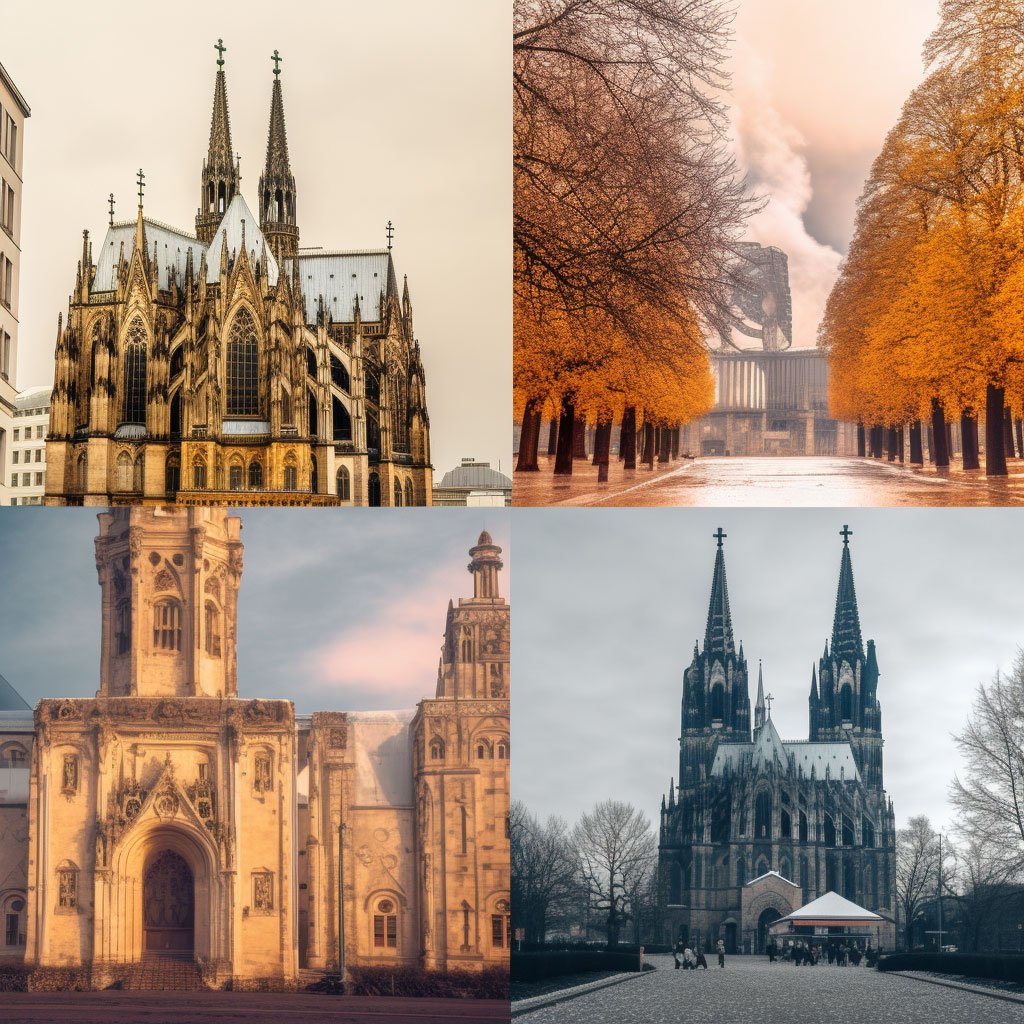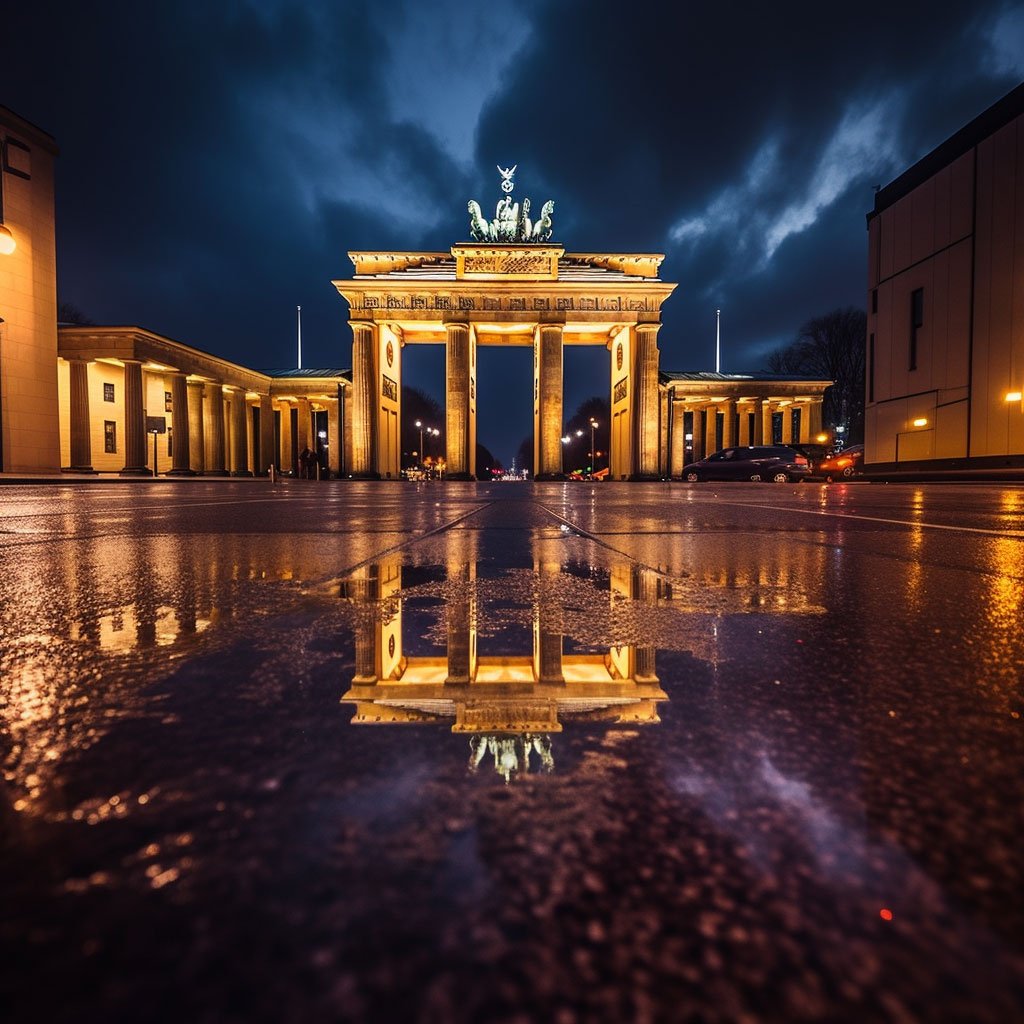
Every corner of Germany tells a tale. The country’s historical landmarks, ranging from the majestic Brandenburg Gate in bustling Berlin to the fairy-tale Neuschwanstein Castle nestled in the heart of Bavaria, bear witness to a rich and diverse history. As we traverse these architectural masterpieces, we not only appreciate their beauty but also delve deeper into the historical context that shaped German culture.
The Majestic Brandenburg Gate, Berlin

Brandenburg Gate, known as “Brandenburger Tor” in German, stands at the heart of Berlin, a silent but poignant reminder of Germany’s tumultuous past. This neoclassical monument, built in the late 18th century, has been a symbol of unity and peace since the fall of the Berlin Wall. Walking beneath its stunning sandstone columns, one can almost hear the echoes of history.
Cologne Cathedral: A Gothic Masterpiece

Journeying west, we reach the city of Cologne, renowned for its towering cathedral. The Cologne Cathedral or “Kölner Dom” is an awe-inspiring example of Gothic architecture. With its intricate stained-glass windows and a panorama view of the city from the south tower, this UNESCO World Heritage site leaves visitors spellbound.
The Fairy-Tale Neuschwanstein Castle, Bavaria

Our final stop is the enchanting Neuschwanstein Castle, nestled amidst the Bavarian Alps. Commissioned by Ludwig II of Bavaria in the 19th century, this castle is straight out of a fairy-tale. Its turrets and frescoes capture the king’s love for art and music. The castle’s interior is equally captivating, showcasing opulent rooms adorned with themes from Richard Wagner’s operas.
Conclusion
Germany’s historical landmarks serve as a window to its past, allowing us to appreciate the country’s rich cultural tapestry. From the unity symbolized by the Brandenburg Gate to the architectural grandeur of the Cologne Cathedral, and the artistic vision embodied by Neuschwanstein Castle, these landmarks invite us on a journey through time.